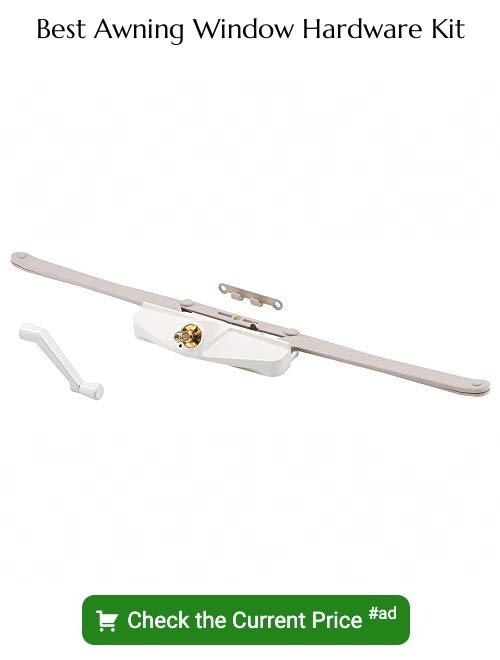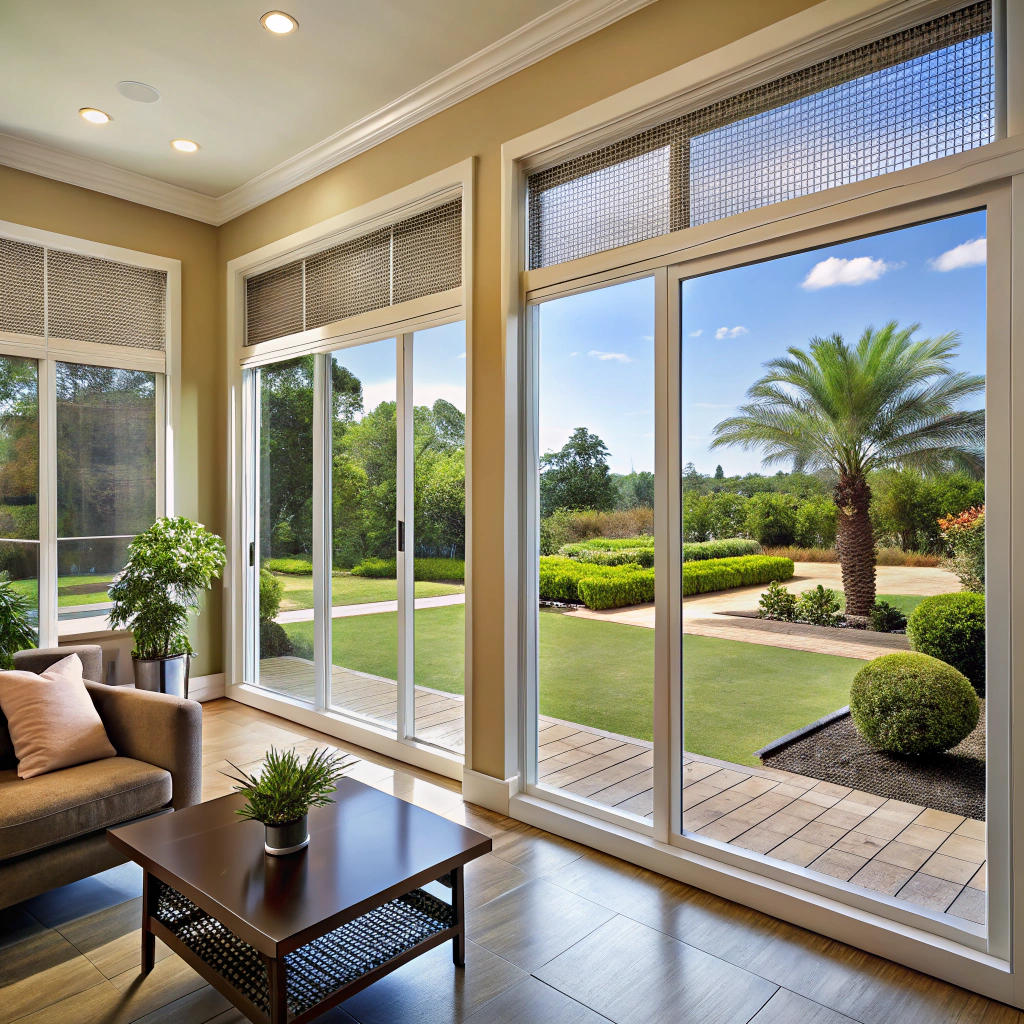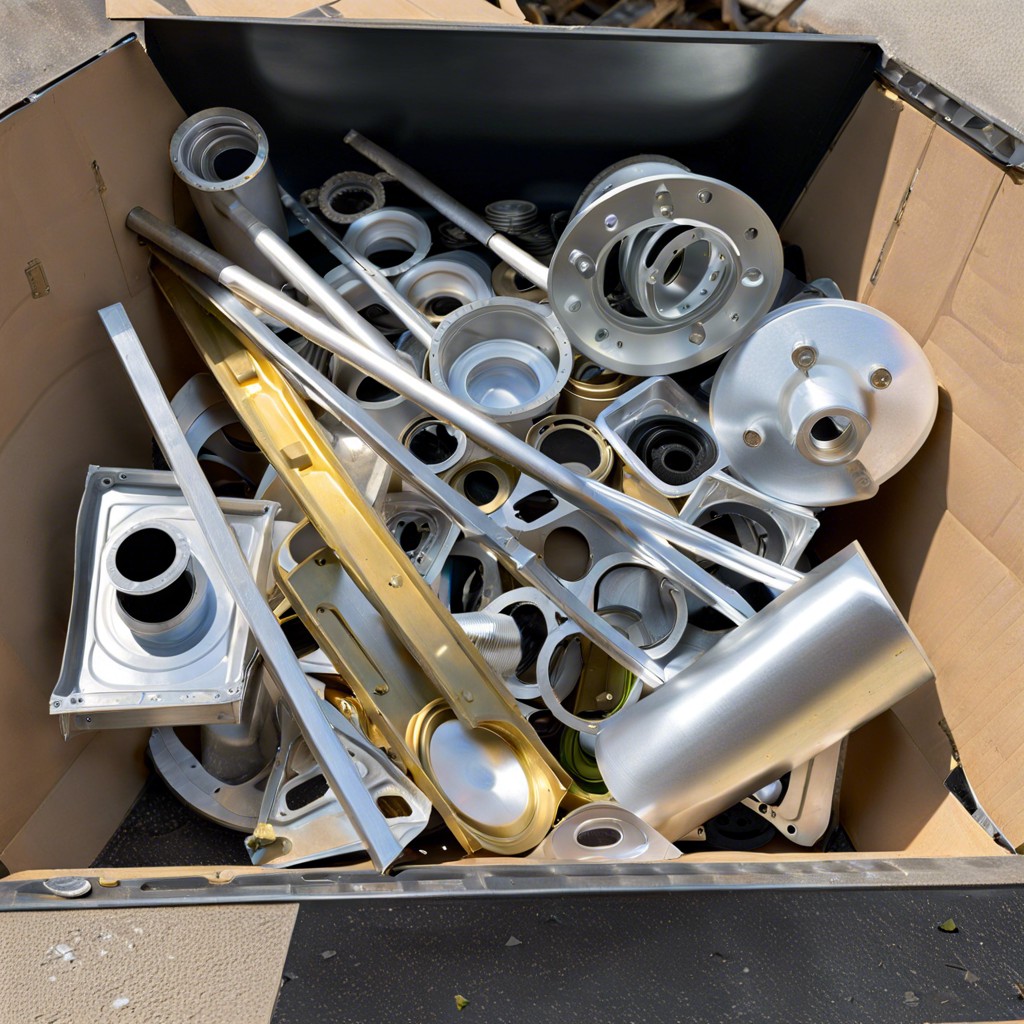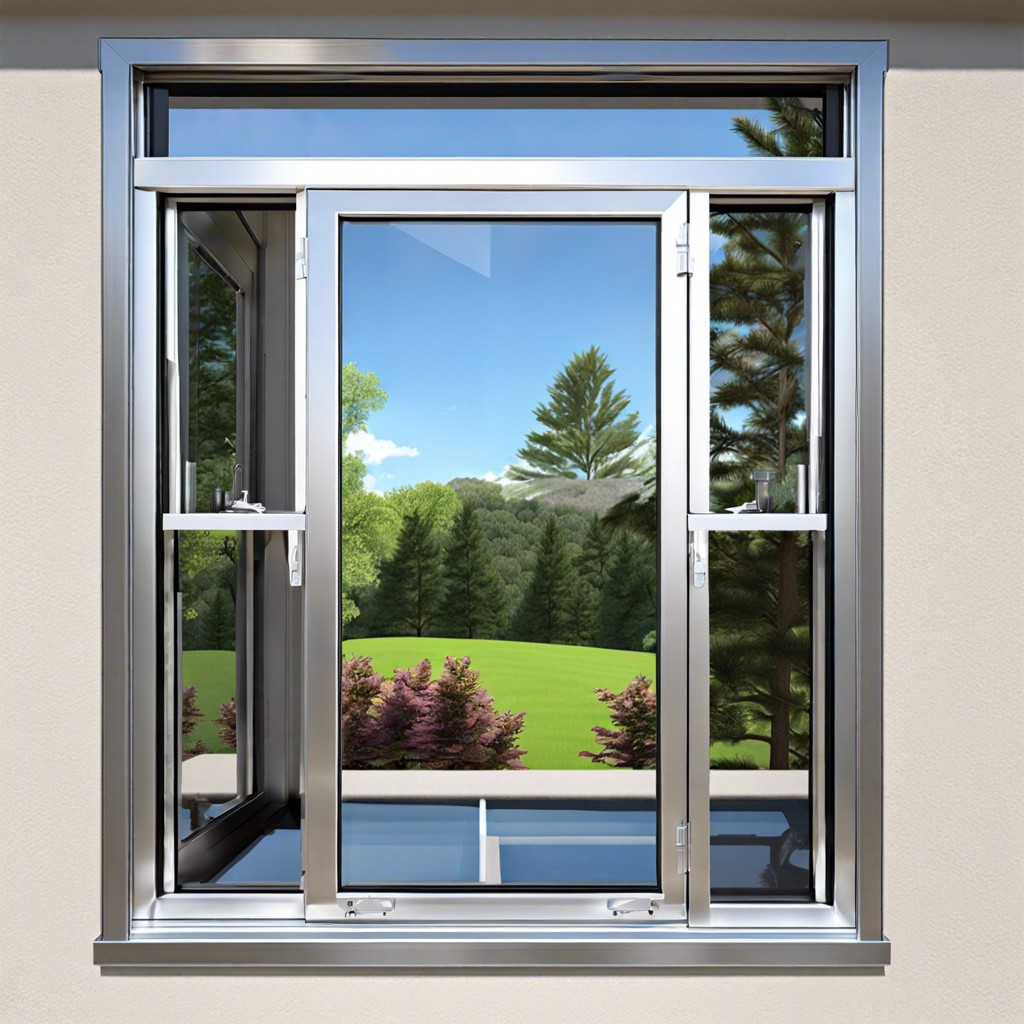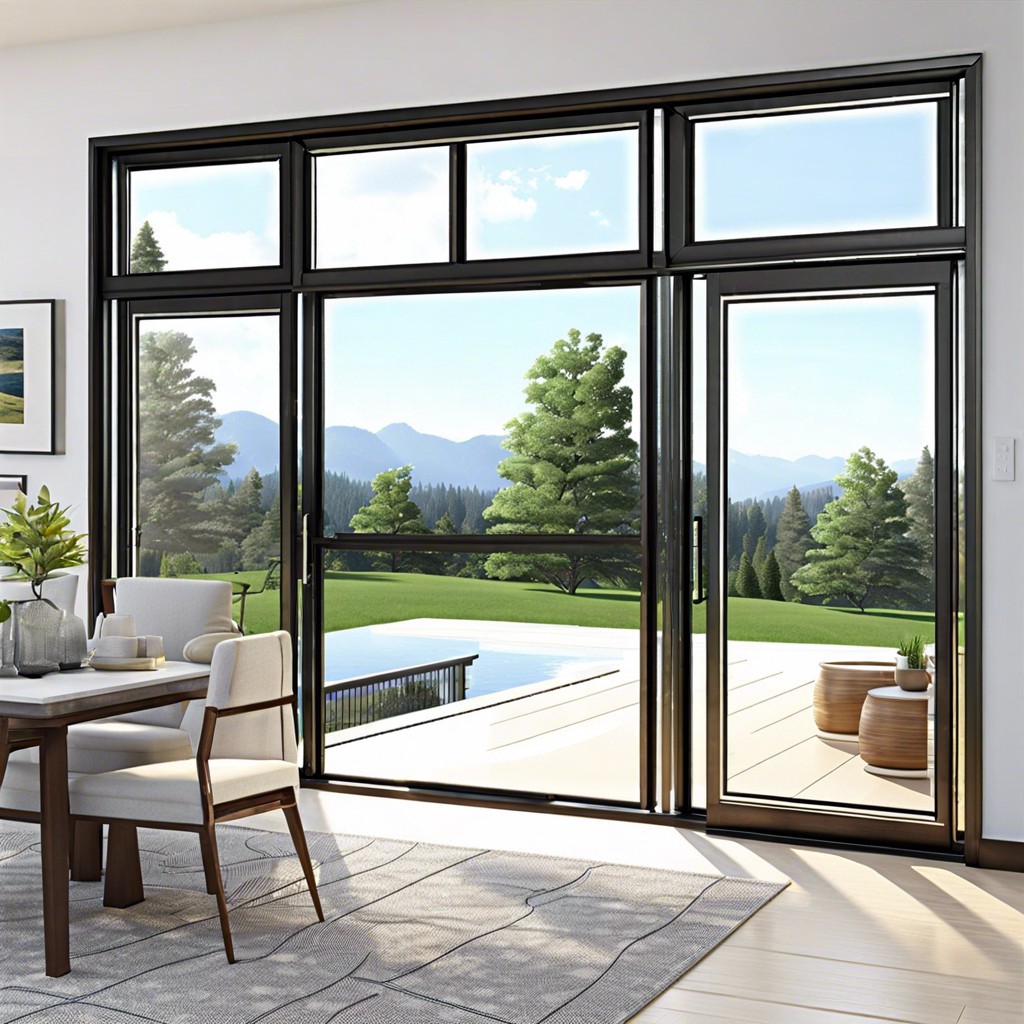Awning windows, hinged at the top and opening outward, provide unique benefits like improved ventilation and protection from rain.
An awning window is a type of window design that is hinged at the top and opens outward from the bottom, resembling an awning when open. This unique design allows for optimal ventilation while protecting the interior from rain or unwanted debris.
Awning windows are versatile, suitable for various architectural styles, and can be installed alongside other window types for added light and airflow. This article will delve into the specifics of awning windows, their benefits, and considerations for installation.
Stay tuned if you’re considering awning windows for your home or simply wish to learn more about this popular window style.
“Definition of an Awning Window”
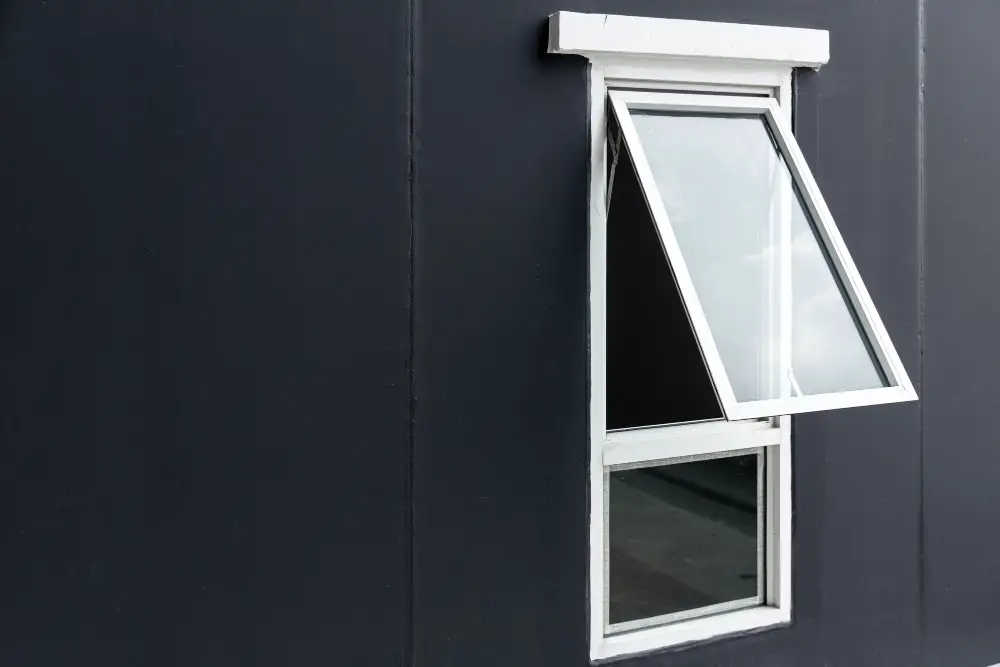
Awning windows, as mentioned earlier, are a type of window that is hinged at the top and opens outward from the bottom. This unique design allows them to function like an awning when open, providing both ventilation and protection from rain or debris.
Unlike traditional sliding or double-hung windows that open vertically or horizontally, awning windows pivot on hinges located at the top. When opened, they create a sloping canopy-like effect that helps direct airflow into your space while keeping out rainwater.
The ability to control ventilation is one of the key advantages of awning windows. By opening them slightly during mild weather conditions, you can enjoy fresh air circulating through your home without compromising security.
Their upward-opening mechanism makes it difficult for intruders to gain access from outside.
Awning windows are commonly used in areas where privacy is desired but natural light and airflow are still important considerations. They work well in bathrooms and bedrooms since they can be positioned higher on walls without sacrificing privacy while allowing ample sunlight to filter through.
“How Awning Windows Work”
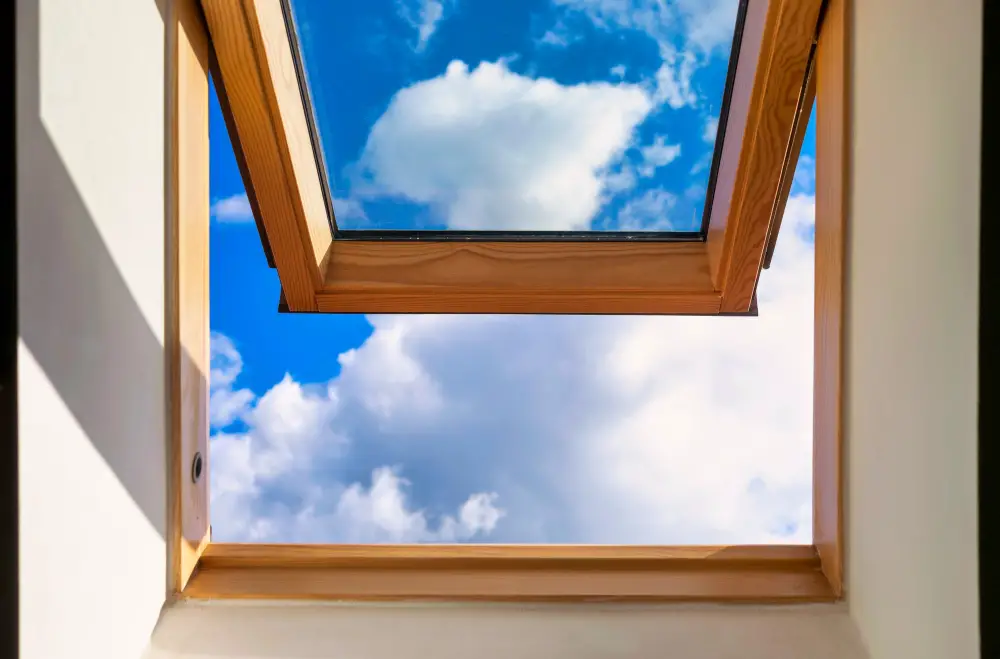
Understanding how awning windows work can help you appreciate their unique features and benefits.
When it comes to operation, awning windows open outward from the bottom, hinged at the top. This design allows them to be easily opened with a crank or lever mechanism, providing effortless control over ventilation.
As they open from the bottom up, an awning window creates a sloping canopy-like effect when fully opened – just like an actual awning.
The hinged top of an awning window also serves as protection against rainwater entering your home during inclement weather conditions. When it rains outside, you can keep your window open without worrying about water seeping in since the downward slope of the glass pane directs water away from your interior space.
This unique opening style offers enhanced security by making it difficult for intruders to enter through these windows due to their positioning and limited accessibility when closed properly.
Awning windows are often installed higher on walls or above other types of stationary or operable windows for privacy purposes while still allowing natural light into a room. Their compact size makes them suitable for various areas in your home where larger traditional casement or sliding sash-style options may not be feasible due to space constraints.
“Types of Awning Windows”
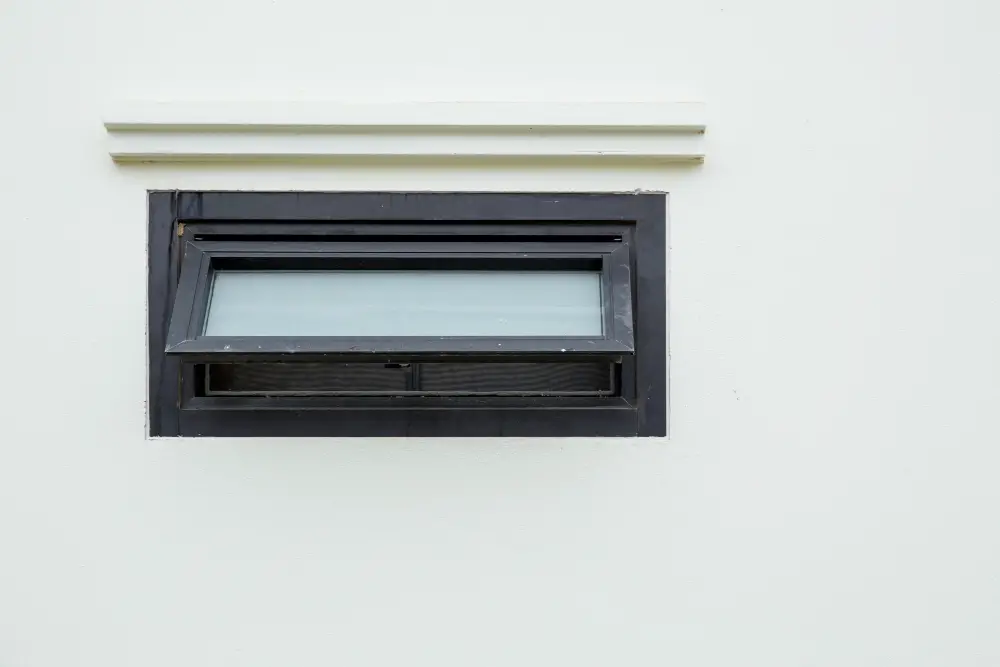
Let’s explore some of the most common types of awning windows available on the market today.
1. Single Awning Windows: This is the most basic type of awning window, consisting of a single pane that opens outward from the top.
It provides excellent ventilation and can be easily operated with a crank or lever mechanism.
2. Double Awning Windows: As the name suggests, double awning windows consist of two separate panes that open outward from their respective tops.
These windows offer increased airflow and are often used in larger openings or as part of bay or bow window configurations.
3. Push-Out Awning Windows: Unlike traditional hinged awnings, push-out awnings are designed to swing open using a handle instead of relying on mechanical cranks or levers for operation.
They provide an elegant aesthetic while still offering all the benefits associated with standard awnings.
“Materials Used for Awning Windows”
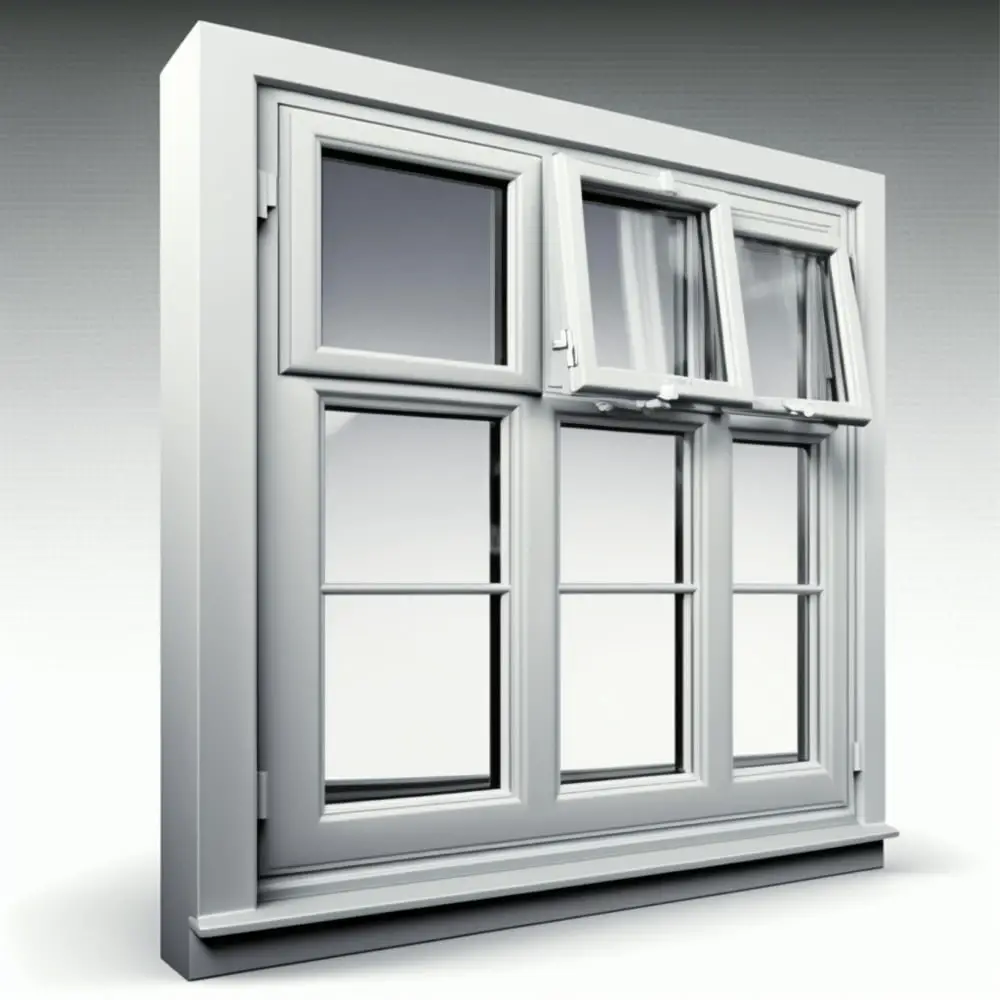
Various materials are used in the construction of awning windows, each offering its own set of advantages. Let’s explore some common options:
1. Vinyl: Vinyl is a popular choice for awning windows due to its affordability and low maintenance requirements.
It is resistant to rotting, warping, and fading from sunlight exposure.
2. Wood: For those seeking a classic look or wanting to match existing wooden elements in their home’s design, wood is an excellent option for awning window frames.
Wood provides natural insulation but requires regular maintenance such as painting or staining.
3. Aluminum: Known for its strength and durability, aluminum frames offer sleek aesthetics with slim profiles that maximize glass area while providing structural stability.
4 Fiberglass: Fiberglass combines strength with energy efficiency by offering excellent insulation properties without expanding or contracting due to temperature changes like other materials might do.
5 Composite Materials: Some manufacturers use composite materials that blend different substances like wood fibers with polymers or resins resulting in durable yet lightweight window frames that require minimal upkeep.
The material you choose will depend on your specific needs regarding aesthetics, budget constraints, and desired level of maintenance required. By selecting the right material for your awning windows, you can ensure long-lasting functionality while enhancing the overall appeal of your home’s exterior.
“Main Features of Awning Windows”
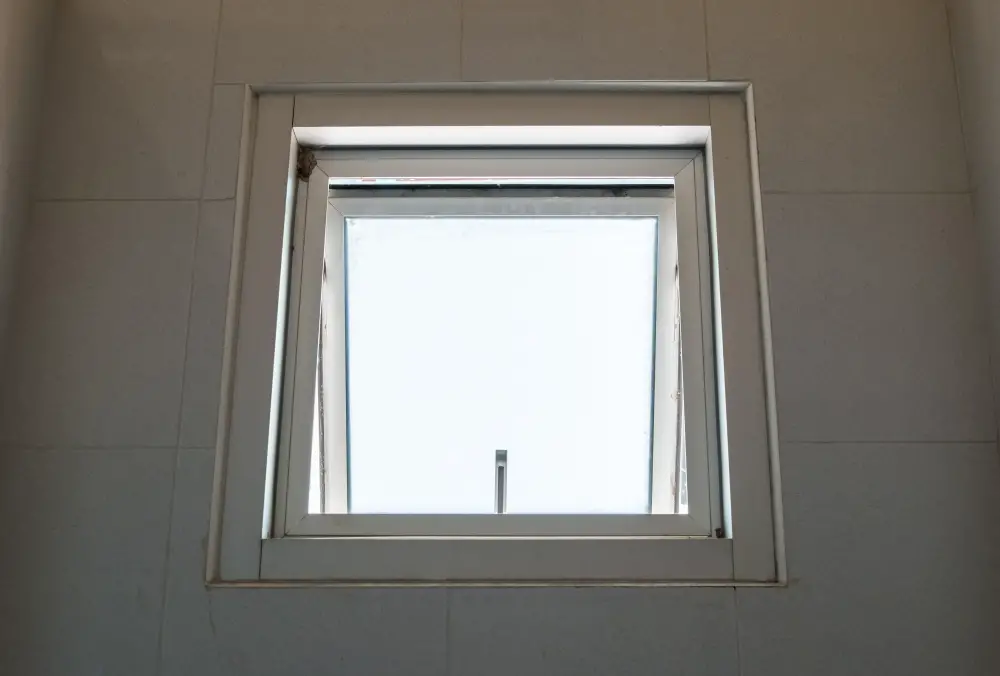
One notable feature is their unique hinged design, which allows them to open outward from the bottom while remaining securely fastened at the top. This configuration not only provides excellent ventilation but also offers protection against rain and debris.
Another important feature of awning windows is their versatility in terms of size and placement. They can be installed individually or combined with other window types to create a customized look for your home.
Awning windows are available in various sizes, making it easy to find the perfect fit for any room or space.
Awning windows are known for their energy efficiency benefits. When closed, they form a tight seal that helps prevent drafts and air leakage, improving insulation within your home and potentially reducing heating and cooling costs.
Furthermore, these windows often come equipped with advanced hardware options such as multi-point locking systems for enhanced security. This ensures peace of mind by providing an extra layer of protection against potential intruders.
Lastly, awning windows offer aesthetic appeal with their sleek design lines that complement both modern and traditional architectural styles alike. Their clean appearance adds elegance to any room while allowing ample natural light to enter.
“Awning Window Styles and Designs”
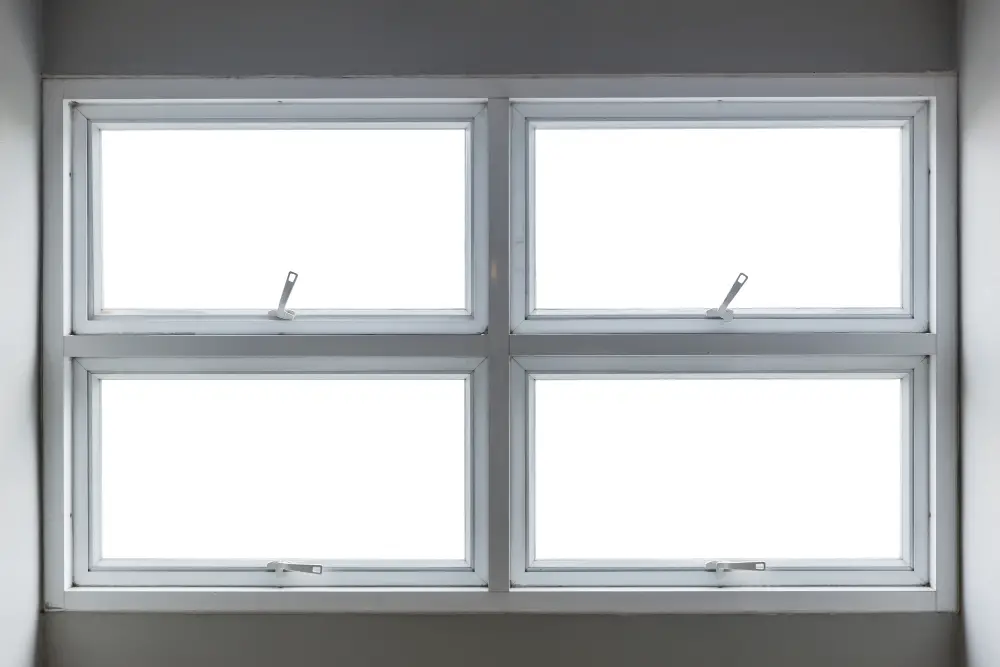
From traditional to contemporary, there is an awning window style that can complement any home design.
One popular style is the classic rectangular awning window. This timeless design features a simple yet elegant frame that seamlessly blends with both modern and traditional architecture.
Its clean lines make it a versatile choice for any room in your home.
For those seeking a more unique look, specialty-shaped awning windows are available. These custom-designed windows can be crafted into various shapes such as circles, arches, or triangles to add visual interest and enhance the overall appeal of your space.
In addition to different shapes, awning windows also offer various options when it comes to materials. Wood frames provide warmth and natural beauty while requiring regular maintenance.
Vinyl frames are low-maintenance alternatives that offer excellent energy efficiency properties.
Furthermore, you can choose between single-pane or double-pane glass for your awning window based on insulation requirements or noise reduction needs specific to your location.
“Pros and Cons of Awning Windows”
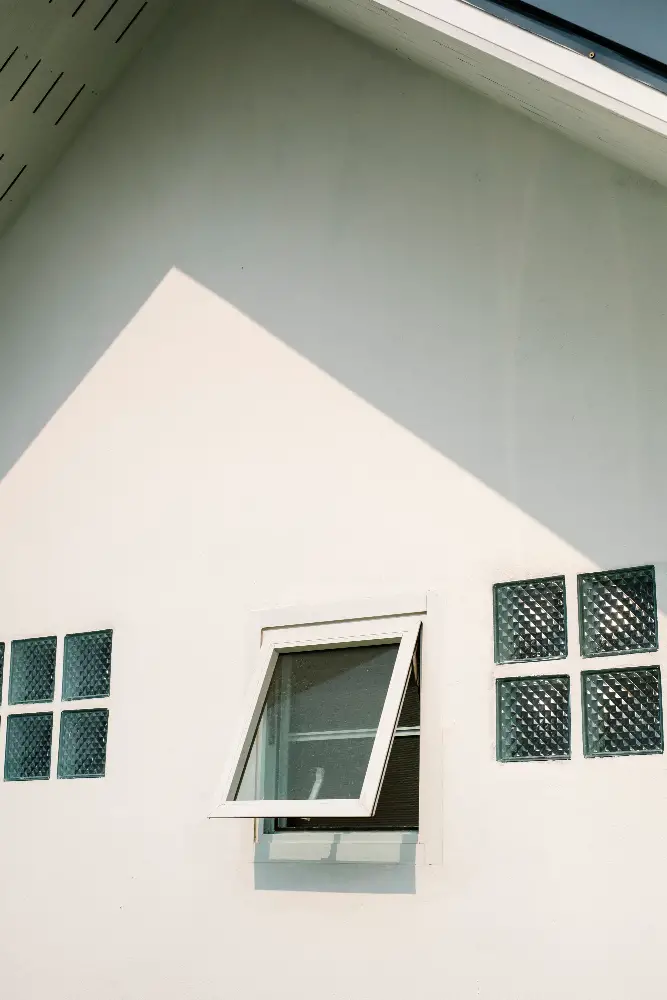
One significant benefit is their ability to provide excellent ventilation while keeping rain out. When opened, awning windows create an upward-sloping canopy that allows fresh air to flow into the room without worrying about water entering during light showers.
Awning windows are known for their energy efficiency. The design prevents drafts and air leakage due to the sash pressing against the frame when closed tightly.
This tight seal helps in maintaining indoor temperatures and reducing energy consumption by minimizing heat loss or gain.
Another advantage of awning windows is their versatility in terms of placement within your home’s layout. Due to their compact size and vertical orientation, they can be installed higher on walls or above other window types like picture or casement windows without obstructing views or compromising privacy.
However, it’s important to consider some potential drawbacks as well before deciding if awning windows are right for you. Since they open outward from the bottom with hinges at the top, cleaning both sides of these windows might require extra effort compared to other window styles that tilt inward for easy cleaning access.
Furthermore, depending on your specific needs and preferences regarding natural light entry into your space through larger openings like sliding glass doors or bay/bow configurations may not be possible with standard-sized individual awning units alone due to limitations in width options available commercially.
“Safety Features of Awning Windows”
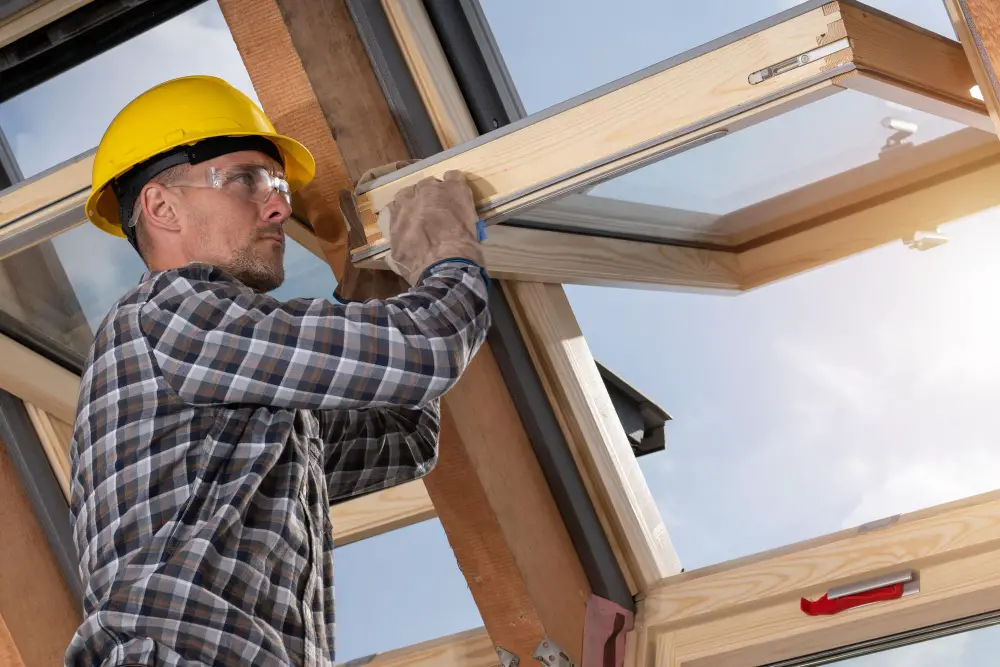
Awning windows offer several safety features that provide peace of mind for homeowners.
One important safety feature of awning windows is their design itself. Being hinged at the top and opening outward from the bottom, these windows are more difficult for intruders to tamper with or force open from the outside.
This makes them a secure option, especially when installed on higher floors or in areas where security is a concern.
Many awning window models come equipped with advanced locking mechanisms that further enhance their security features. These locks are designed to prevent unauthorized access and ensure that your home remains protected against potential break-ins.
Furthermore, some awning window designs include built-in screens or grilles as an added layer of protection against insects and other unwanted visitors while still allowing fresh air circulation into your living space.
To maximize safety even further, it’s essential to choose high-quality materials and professional installation services when selecting awning windows for your home. This ensures proper functionality and durability over time.
“Energy Efficiency of Awning Windows”
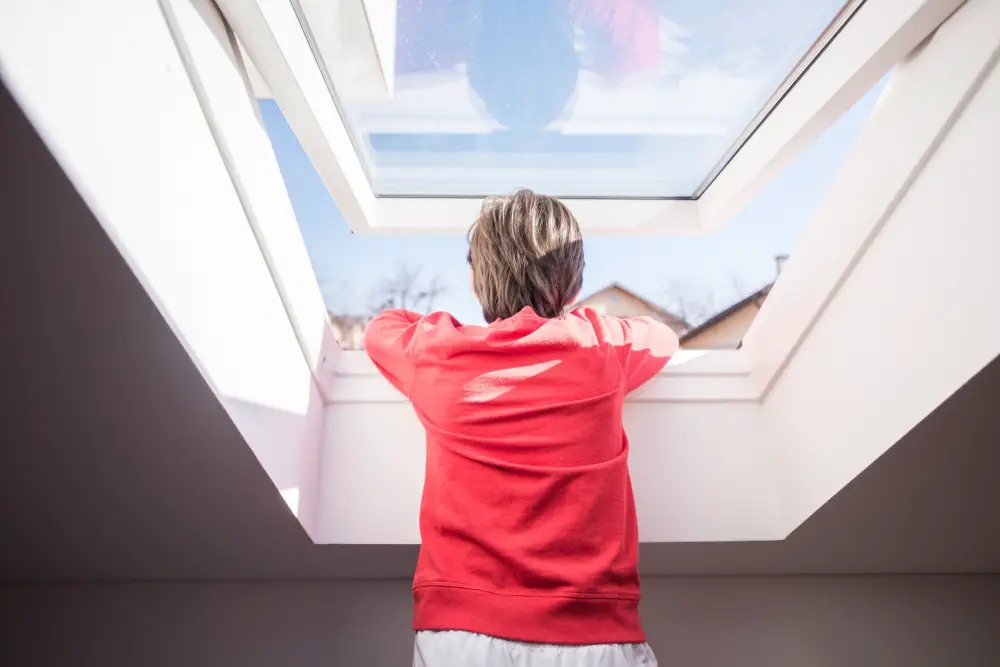
Their design allows for effective sealing when closed, minimizing air leakage and reducing heat transfer. This means that during hot summer months, awning windows can help keep your home cool by preventing warm air from entering while still allowing fresh airflow.
The top-hinged opening of awning windows creates a natural barrier against rainwater infiltration, making them an ideal choice for regions with frequent rainfall. By keeping the rain out while still allowing ventilation, you can enjoy fresh air without worrying about water damage or moisture issues inside your home.
The positioning of awning windows near the top of walls helps to promote better airflow throughout a room or space. As warm air rises towards the ceiling, opening an awning window at the higher level allows this hot air to escape easily while drawing in cooler outside breezes from lower levels.
When it comes to energy efficiency ratings such as U-factor and Solar Heat Gain Coefficient (SHGC), high-quality modern awning windows often perform exceptionally well due to advancements in glass technology and frame materials. Low-emissivity (Low-E) coatings on glass panes help reduce heat transfer through radiation by reflecting infrared light back into space instead of absorbing it into your home.
To maximize energy efficiency further with your chosen awning window style, consider opting for double-glazed or triple-glazed options that provide enhanced insulation properties compared to single-pane alternatives. These additional layers create pockets of trapped gas between each pane which act as insulators against temperature fluctuations outside.
“Best Locations for Awning Windows”
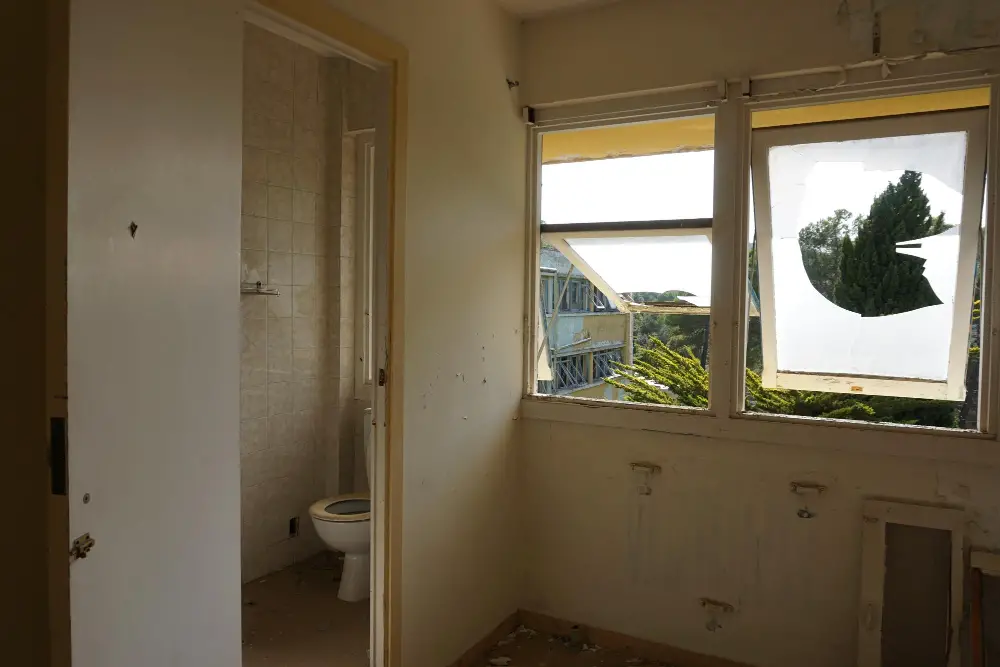
The unique design of awning windows makes them particularly suitable for specific areas in your home where their features can be fully utilized.
One ideal location for awning windows is in bathrooms or kitchens. These rooms often require good ventilation and natural light while maintaining privacy.
Awning windows placed higher on the wall allow fresh air to circulate without compromising privacy, making them perfect for these spaces.
Another great spot for awning windows is above countertops or sinks. Their outward-opening design allows you to easily reach and operate them even when there are obstacles nearby, such as kitchen cabinets or bathroom vanities.
Awning windows also work well in basements and attics where limited space may not accommodate larger window styles like casement or double-hung options. They provide excellent airflow while keeping out rainwater due to their top-hinged opening mechanism.
If you have a room with an obstructed view that you still want natural light from, such as near trees or neighboring buildings, installing an awning window higher up on the wall can help bring in sunlight without sacrificing your privacy entirely.
“Installing an Awning Window”
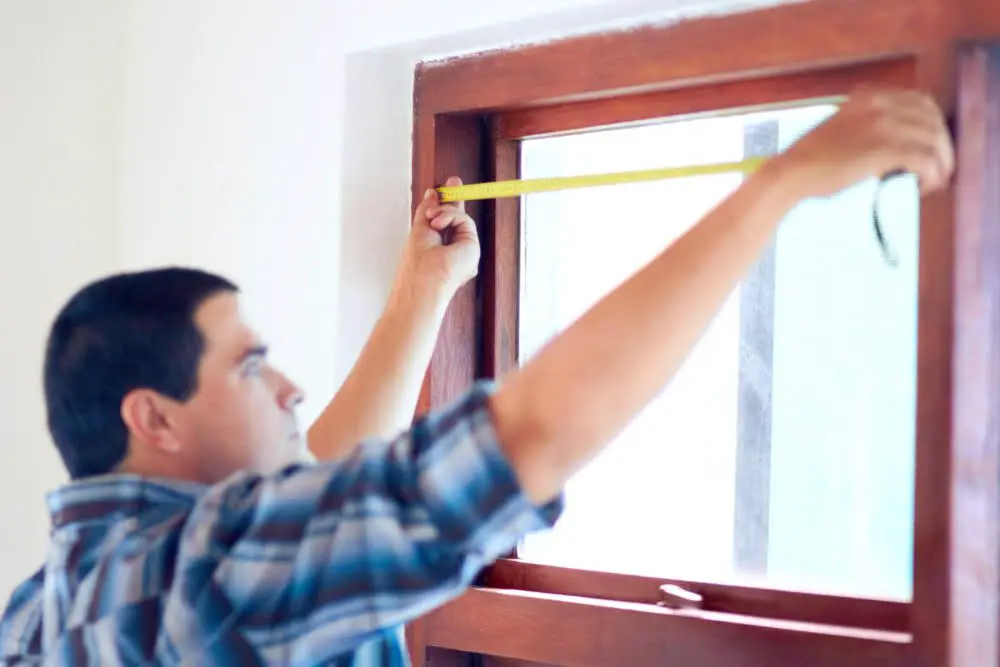
While it’s always recommended to hire a professional for window installations, if you have experience with DIY projects and feel confident in your abilities, installing an awning window can be a rewarding endeavor.
Before beginning the installation process, make sure you have all the necessary tools and materials on hand. These may include a measuring tape, level, screwdriver or drill with appropriate bits, shims for leveling purposes if needed, caulking gun and sealant.
Start by carefully measuring the opening where the awning window will be installed. Accuracy is crucial here as even slight discrepancies can affect how well your new window fits and functions.
Once measured correctly according to manufacturer guidelines or professional advice (if applicable), proceed with removing any existing windows or frames from that area.
Next comes preparing the opening for installation. Ensure that it is clean of debris and properly leveled before proceeding further.
Apply flashing tape around all sides of the opening to provide additional weatherproofing protection.
Now it’s time to position your new awning window into place within its designated frame while ensuring proper alignment both horizontally and vertically using a level tool as guidance throughout this process until everything lines up perfectly straight without any noticeable gaps between components when closed tightly shut against each other securely enough not allowing air leakage through them during operation later on down-the-line after completion too!
“Cost of Awning Windows”

The price of awning windows can vary depending on several factors, including the size, materials used, additional features or customization options, and the manufacturer or supplier.
Generally speaking, awning windows tend to be more affordable compared to other window types like casement or double-hung windows. However, keep in mind that prices can still range significantly based on individual preferences and requirements.
The size of the window plays a significant role in determining its cost. Larger awning windows will naturally be more expensive than smaller ones due to increased material usage and manufacturing complexity.
Materials also impact pricing. Awning windows are available in various materials such as vinyl (which is typically less expensive), wood (which tends to be pricier but offers a classic look), aluminum (known for its durability), fiberglass (a low-maintenance option), and composite materials that combine different elements for enhanced performance.
Additional features like energy-efficient glass coatings or hardware upgrades may increase costs but can provide long-term benefits by reducing energy consumption and enhancing security.
To get an accurate estimate of how much you should budget for your desired awning window installation project, it’s recommended to consult with local suppliers or contractors who specialize in window installations.
“Maintenance and Care for Awning Windows”

Here are some key tips to keep in mind:
1. Cleaning: Regularly clean both the interior and exterior surfaces of your awning windows using a mild detergent or window cleaner.
Avoid abrasive materials that could scratch the glass or frame.
2. Lubrication: Periodically lubricate the hinges, tracks, and other moving parts of your awning windows to prevent them from sticking or becoming difficult to open/close.
3. Inspect Seals: Check the weatherstripping seals around your awning windows for any signs of wear or damage.
Replace worn-out seals promptly to maintain energy efficiency and prevent drafts.
4. Clear Debris: Keep an eye out for debris such as leaves, dirt, or insects that may accumulate in the window tracks over time.
Use a soft brush or vacuum cleaner attachment to remove any obstructions regularly.
5. Protect from Harsh Weather Conditions: During extreme weather conditions like storms with strong winds, it’s advisable to close and secure your awning windows. This will help protect them from potential damage caused by flying debris.
6. Professional Inspection: Consider scheduling periodic professional inspections for thorough cleaning, maintenance, and assessment of any potential issues with your awning windows. A trained technician can identify problems early on before they escalate into more significant concerns.
“Common Problems With Awning Windows”
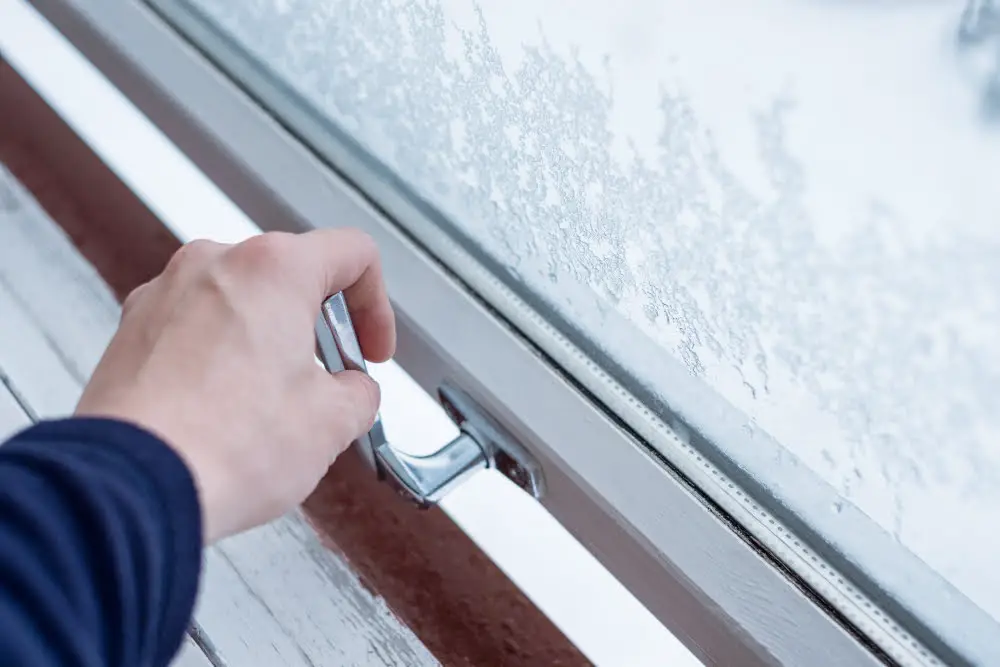
It’s important to be aware of these issues so that you can address them promptly and ensure the longevity and functionality of your awning windows.
One common problem with awning windows is hardware malfunction. The hinges or operators that allow the window to open and close smoothly can sometimes become loose or damaged.
This can result in difficulty when operating the window or even cause it to get stuck in an open or closed position.
Another issue that may arise is water leakage during heavy rainstorms. While awning windows are designed to provide protection from rain, improper installation or worn-out weatherstripping could lead to water seeping through gaps around the frame.
Regularly inspecting and maintaining your weatherstripping will help prevent this problem.
Over time, dirt and debris might accumulate on the tracks where the window operates, hindering its smooth movement. Cleaning these tracks regularly will keep your awning windows functioning properly.
Lastly, if not properly maintained or adjusted periodically for alignment issues caused by settling foundations or structural changes within a building’s framework; there might be difficulties closing an opening due primarily because they rely on gravity as their primary means for staying shut tightly against drafts coming into homes via openings such as doors/windows which need regular attention paid towards ensuring proper closure at all times!
By being aware of these common problems associated with awning windows, you’ll be better equipped to identify them early on and take appropriate measures for repair. Regular maintenance checks, such as lubricating hinges, cleaning tracks, and replacing worn-out parts can go a long way in preventing major issues down the line.
“Choosing the Right Awning Window”
First and foremost, think about the overall design and style of your house. Awning windows come in various shapes, sizes, and materials that can complement different architectural aesthetics.
Next, consider the location where you plan to install the awning window. Think about how much natural light you want in that particular area and how much ventilation is needed.
Awning windows are great for areas where privacy is important but still require airflow.
Another crucial aspect is energy efficiency. Look for awning windows with high-quality insulation properties such as double or triple glazing options with low-emissivity (low-E) coatings on the glass panes.
These features help keep your home comfortable year-round while reducing energy costs.
Pay attention to safety features like sturdy locks or even built-in security sensors if desired—especially if you’re installing an awning window on a higher floor or easily accessible area.
Lastly, don’t forget about maintenance requirements when selecting an awning window style and material combination that suits your needs best—a low-maintenance option might be preferable depending on personal preferences and lifestyle factors.
“Awning Windows Vs. Other Window Types”
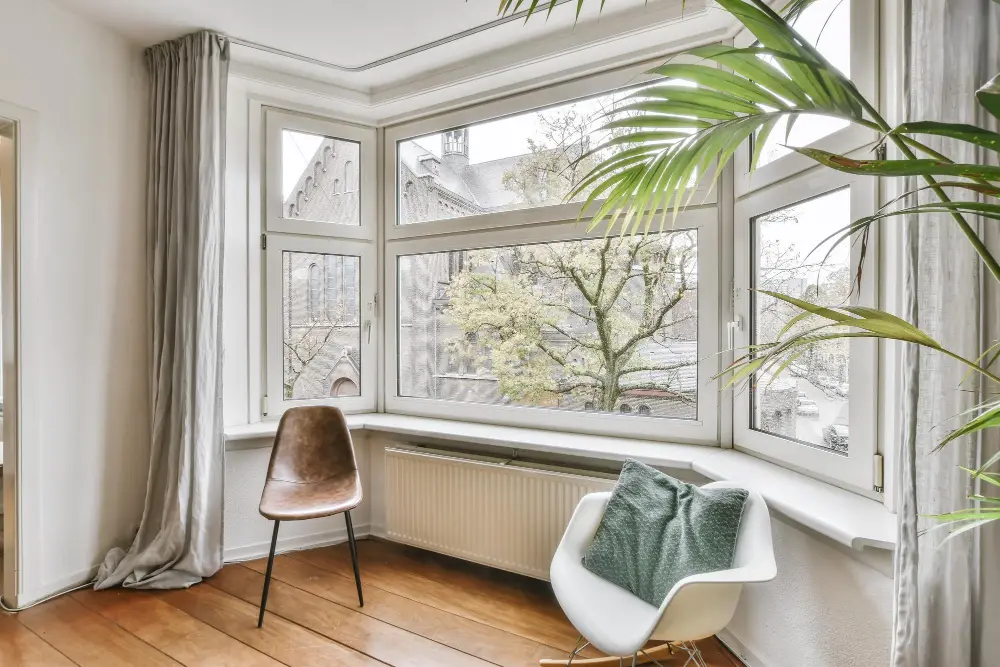
Awning windows offer unique advantages that set them apart from other window types.
One key distinction is their opening mechanism. Unlike traditional sliding or double-hung windows, awning windows are hinged at the top and open outward from the bottom.
This design allows for excellent ventilation control while keeping rainwater out even when they’re partially open.
Compared to casement windows, which also have a similar opening style, awning windows are typically smaller in size and often used as accent or supplementary units rather than primary ones. They work well in combination with other window styles like picture or bay windows to create an interesting visual appeal while maximizing natural light intake.
In terms of energy efficiency, awning windows excel due to their tight seal when closed properly. The sash presses against the frame tightly when shut, minimizing air leakage and reducing drafts effectively compared to some older single-pane designs found in older homes.
“Awning Windows and Home Design”
Their unique design and functionality make them a popular choice for homeowners looking to enhance their home’s design.
When it comes to home design, awning windows offer versatility and style. Their clean lines and sleek profile can complement both modern and traditional architectural styles.
Whether you have a contemporary urban dwelling or a charming cottage, awning windows can seamlessly blend in with the existing aesthetics.
One of the key advantages of awning windows is their ability to bring in ample natural light while maintaining privacy. The upward-opening nature of these windows allows for unobstructed views while keeping prying eyes at bay.
This makes them an excellent choice for bedrooms, bathrooms, or any space where privacy is essential without sacrificing sunlight.
Awning windows can be strategically placed throughout your home to maximize airflow and ventilation. By installing multiple awnings on different walls or combining them with other window types like casement or picture windows, you create cross-ventilation that helps keep your living spaces fresh and comfortable year-round.
The wide range of materials available for manufacturing awning windows further enhances their compatibility with various interior designs. From classic wood frames that add warmth and charm to sleek aluminum frames that exude modernity – there’s an option suitable for every taste preference.
“Customizing Awning Windows”
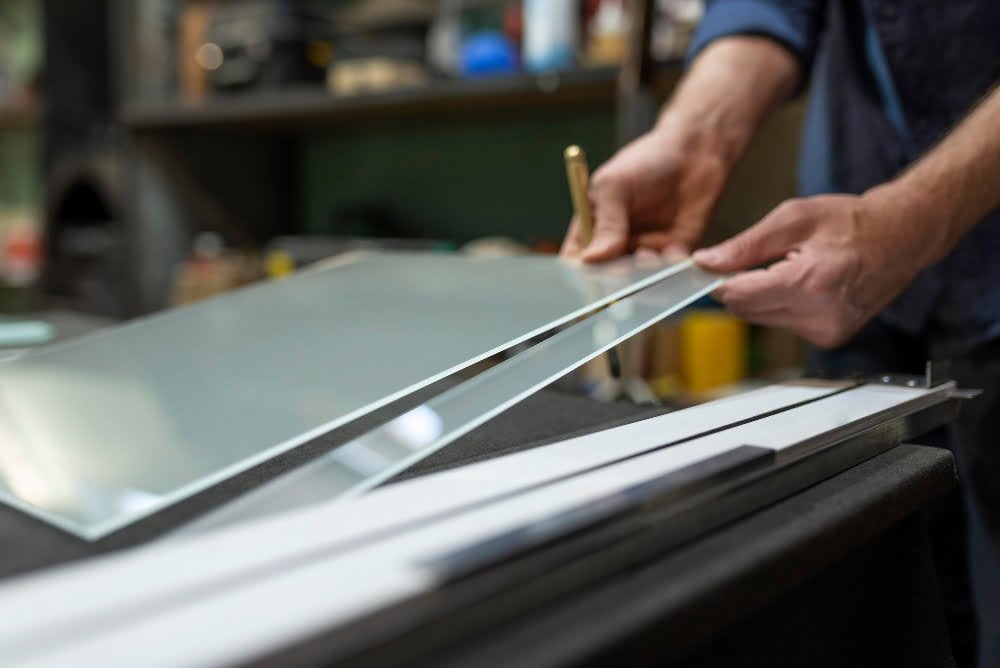
Homeowners have the freedom to personalize their awning windows to suit their unique style and preferences. From choosing the frame material, color, and finish to selecting hardware options and decorative grilles, customizing your awning windows allows you to create a window design that perfectly complements your home’s aesthetic.
One aspect of customization is selecting the right frame material for your awning windows. Common materials include vinyl, wood, aluminum, or fiberglass.
Each material has its own set of advantages in terms of durability, energy efficiency properties as well as maintenance requirements.
Color selection is another exciting part of customizing your awning windows. You can choose from a wide range of colors that match or contrast with your home’s exterior or interior decor scheme.
You can also opt for different finishes such as matte or glossy depending on the desired look you want for your window frames. To add an extra touch, hardware choices like handles, locks, and hinges are available in various styles and finishes too.
These small details contribute significantly to both functionality and aesthetics.
Another way homeowners customize their awning windows is by adding decorative grilles between glass panes. Grilles come in different patterns such as colonial grids (classic squares), prairie-style (horizontal bars), or even customized designs based on personal preference.
This feature adds visual interest while maintaining unobstructed views through clear glass panes.
Remember that when customizing any aspect of an Awing Window it’s important to consider factors like architectural style compatibility as well as local building codes if applicable.
By taking advantage of these customizable features offered by manufacturers,.
Homeowners can truly make their mark on every detail.
Of their new Awing Windows.
Whether you prefer sleek modern lines,.
Traditional charm,.
Or something entirely unique,.
Customization ensures.
That each window reflects.
Your personal taste.
While seamlessly integrating.
“Where to Buy Quality Awning Windows”
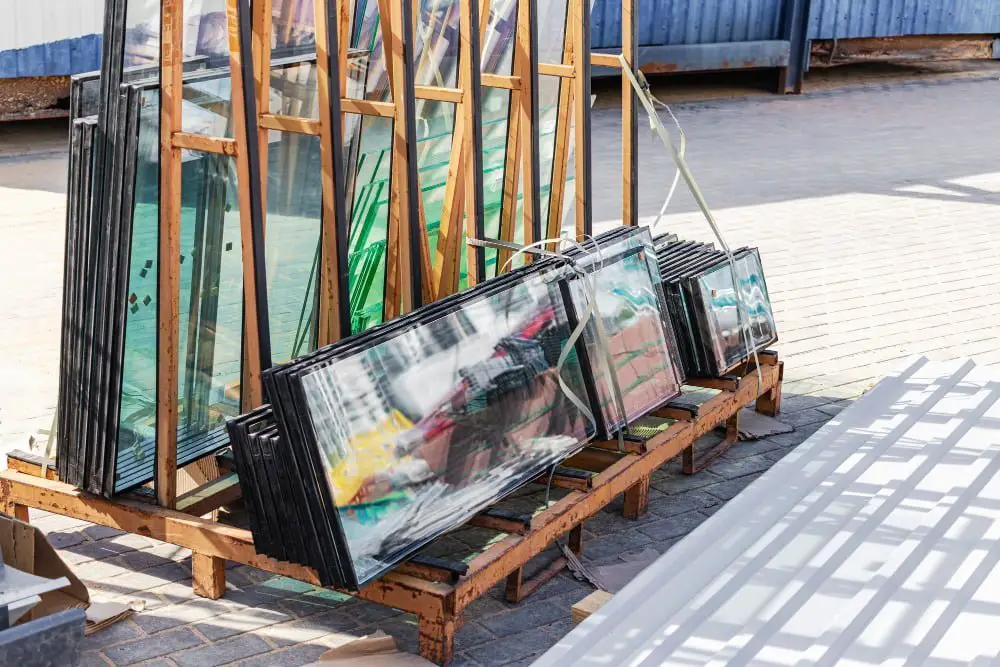
With the growing popularity of awning windows, you’ll likely have several options available for your purchase.
One convenient option is to visit local home improvement stores or window specialty shops in your area. These establishments often carry a variety of window styles and can provide expert advice on selecting the right awning windows for your needs.
They may offer installation services or recommend trusted contractors who can assist with the process.
Another avenue worth exploring is online shopping. Many reputable manufacturers and distributors now have websites where you can browse through their selection of awning windows from the comfort of your own home.
Online platforms often provide detailed product descriptions, specifications, customer reviews, and even virtual tools that allow you to visualize how different window styles would look in your space.
Before making a purchase decision from any source—whether physical stores or online retailers—it’s crucial to do some research first. Look for customer feedback and ratings on both the product itself as well as the seller’s reliability and customer service reputation.
Remember that buying quality doesn’t necessarily mean going for high-end brands only; there are many mid-range options available too which offer excellent value without compromising on durability or functionality.
FAQ
What is the purpose of an awning window?
The purpose of an awning window is to allow natural light and ventilation into a room, while offering superior privacy and maximizing wall space by enabling higher placement on walls.
What is the disadvantage of awning window?
The main disadvantage of awning windows is that their outward opening design may encroach upon high-traffic areas, limiting usable space, and they tend to accumulate dirt faster than many other window types.
What is the difference between a hung window and an awning window?
A single-hung window opens vertically, whereas an awning window opens outwardly in a horizontal orientation.
Does an awning window open?
Yes, an awning window does open, it has hinges on the top and opens from the bottom, outward.
How does the ventilation of an awning window compare to other window types?
Awning windows have excellent ventilation features due to their unique design that allows for maximum air circulation. They can be left open even during inclement weather due to their upward opening design, allowing for continuous airflow. However, compared to other window types such as casement windows, awning windows may offer a slightly limited view and restricted escape routes due to their smaller size and maneuverability. On the other hand, window types such as double-hung or sliding windows may offer reduced ventilation as they can only be opened halfway vertically or horizontally. Overall, awning windows are a great option if ventilation is a key priority.
Can awning windows be positioned at different heights for specific light control?
Yes, awning windows can be installed at varying heights to regulate the amount of light entering a room. The placement can alter visibility and direct sunlight exposure, providing specific light control.
What are the best situations and locations for installing an awning window in a home?
Awning windows are best situated in spaces that require both privacy and ventilation. They’re well-suited to bathrooms, closets, and basements, as their structure allows light and fresh air in while maintaining privacy. Awnings are also optimal for areas where protection from rain is desired, such as above a sink or a counter. Placement high on walls or combined with stationary windows allows a greater view of the outdoors. Their unique opening mechanism lets in fresh air even during light rain, making them versatile across seasons.
Recap
